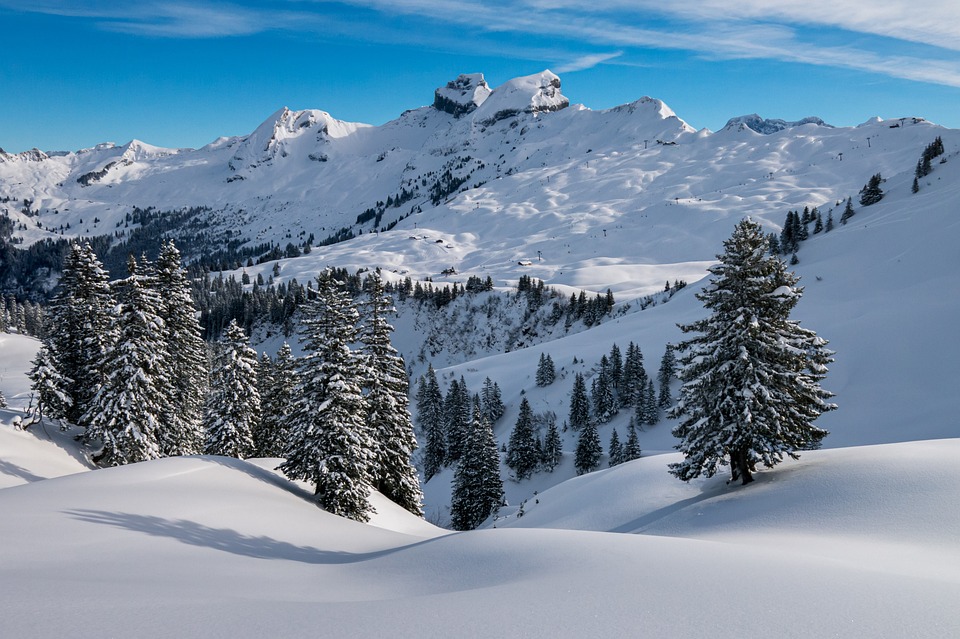Table of Contents
Introduction
Skiing is an exhilarating winter sport loved by many. However, to fully enjoy the thrill of flying down the slopes, it is crucial to prioritize safety. Skiing can be dangerous without proper precautions, but by following certain guidelines and understanding the potential risks, you can minimize the chance of accidents and injuries. This article provides essential information on skiing safety and offers tips to help you stay protected on the mountain.
1. Gear up Properly
Before hitting the slopes, make sure you have the appropriate gear. Begin with a well-fitted helmet designed specifically for skiing. Helmets protect your head and significantly reduce the risk of head injuries. Wear appropriate ski boots that fit your feet properly and use well-maintained skis or snowboards that are suitable for your skill level. Don’t forget to wear layers of clothing to stay warm and dry, and invest in good quality ski goggles to protect your eyes from snow, wind, and harmful UV rays.
2. Take Lessons and Know Your Limits
No matter your skill level, regular ski lessons can be beneficial. Certified ski instructors can teach you proper skiing techniques, help improve your skills, and educate you on safety procedures. Additionally, knowing your limits is crucial. Don’t attempt slopes that are beyond your abilities or ski outside designated areas. Be honest with yourself about your skill level to prevent accidents and unnecessary risks.
3. Be Aware of Your Surroundings
When skiing, always be mindful of your surroundings. Keep an eye out for other skiers, snowboarders, and any obstacles on the slopes. Be aware of the signage on the mountain and respect the designated areas, such as slower zones and no-go areas. Remember, collisions can lead to serious injuries, so maintain a reasonable speed and give others enough space.
4. Aware of Weather Conditions
Weather conditions on the mountain can change rapidly, affecting your safety. Check the weather forecast before heading out and be prepared for various conditions. Skiing in fog, heavy snowfall, or high winds can reduce visibility and make navigation difficult. In extreme weather, it may be best to avoid skiing altogether.
5. Stay Hydrated and Take Breaks
While skiing, it’s important to stay hydrated. Keep a water bottle with you and drink regularly to prevent dehydration. Cold weather tends to make people forget to drink enough water, leading to fatigue and potential accidents. Additionally, take regular breaks to rest and recharge. Skiing can be physically demanding, and tired muscles increase the risk of injuries. Listen to your body and take breaks accordingly.
6. Know How to Fall and Use Lifts Safely
Falling is a part of skiing, but learning how to fall correctly can prevent injuries. If you feel yourself losing control, try to fall on your side and avoid landing on your outstretched arms. This can help protect your wrists and shoulders from sprains or fractures. Additionally, when using ski lifts, pay attention to instructions and use them safely. Keep poles and other loose items secured, and always use the safety bar when available.
FAQs
Q1: How often should I have my ski bindings checked?
A1: It is recommended to have your ski bindings checked and calibrated by a professional ski technician at least every year. This ensures that they are correctly adjusted for your weight, skiing ability, and changes in ski boot specifications.
Q2: What should I do if I witness an accident on the slopes?
A2: If you witness an accident, first ensure your own safety. If you have the necessary first aid skills, provide immediate assistance to the injured person. Otherwise, alert the ski patrol or mountain personnel to ensure that trained medical professionals reach the injured individual as quickly as possible.
Q3: Can skiing at high altitudes cause altitude sickness?
A3: Yes, skiing at high altitudes can potentially lead to altitude sickness, especially if you are not acclimatized. Symptoms can include headache, nausea, fatigue, and dizziness. To avoid altitude sickness, gradually increase your altitude exposure, drink plenty of water, and listen to your body. If symptoms persist, descend to lower altitudes and seek medical attention if necessary.





